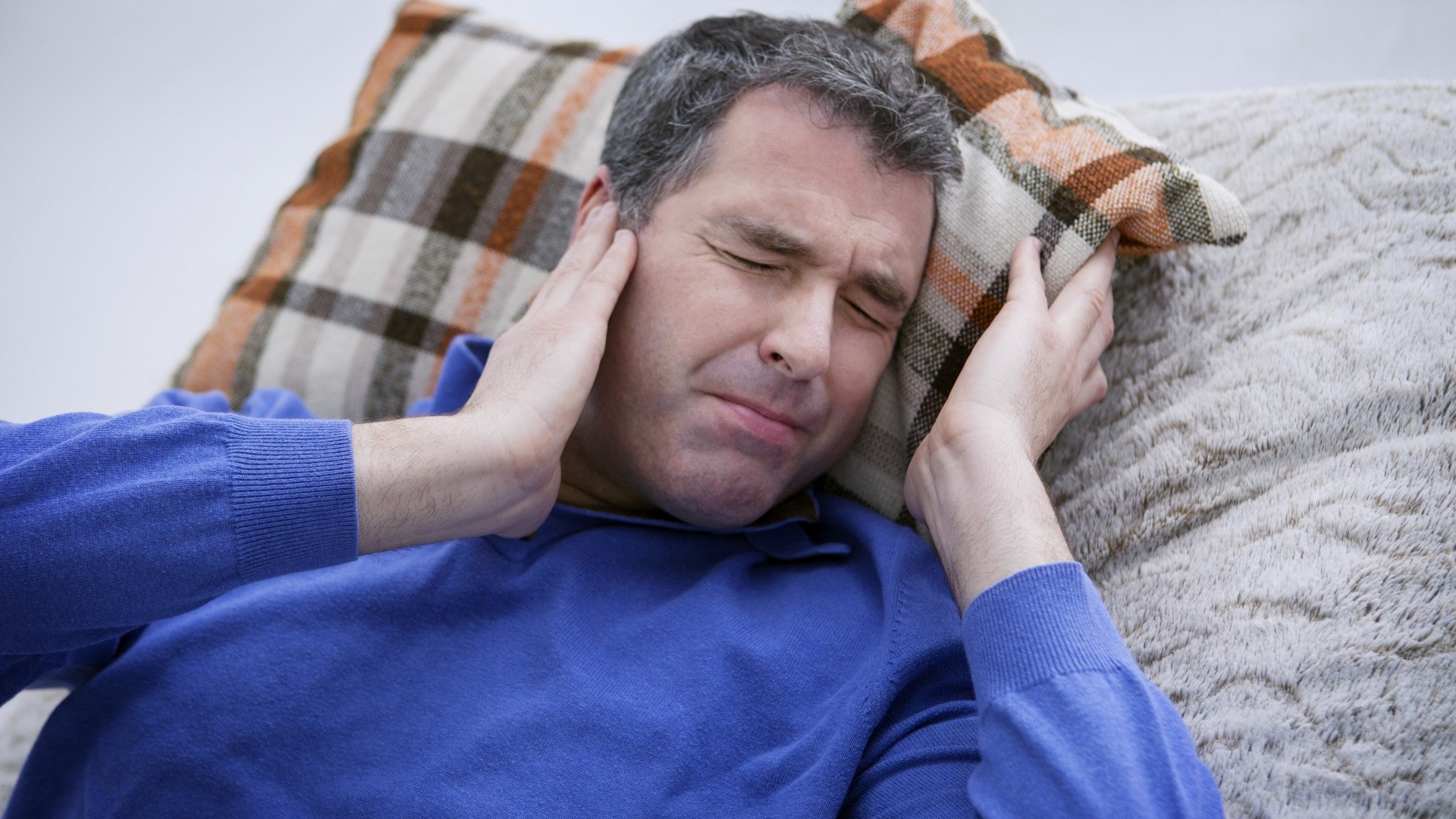Do you have a heavy feeling in your legs? Is pressure, pain at night-time cramping bothering you? Do not put off seeing your physician; there is a variety of solutions for these issues.

Characteristics of Varicose Veins and their Cause
Varicose veins (lower limb varices) are enlarged and twisting subcutaneous and cutaneous veins, which most frequently occur on lower limbs as a result faulty veins allowing blood to flow in the wrong direction.
Varicose veins lead to stagnation of deoxygenated blood and acidic metabolites in the tissue of lower limbs causing ischemic changes to the limbs, increased risk of inflammatory changes and the occurrence of dermal defects.
Up to 50% of the adult population suffer from varicose veins, and, in about 1.5% of the population, this leads to varicose ulcers.
A heavy feeling in your legs, pressure and tension in the lower limbs are the main symptoms along with pain, swelling, a burning sensation, itching and night time cramping.
They manifest in form of spider veins to bulging varicose veins with pigmentation and other changes to the skin, eventually progressing into varicose ulcers.
Hereditary predisposition (lower quality of veins) contributes to development of the disease along with risk factors such as:
- sedentary jobs,
- position while performing jobs,
- pregnancy,
- hormonal contraception,
- obesity,
- smoking, etc.
Varicose Veins Treatment – Rid yourself of the Issue
Treatment is pharmacological (to improve the quality of venous walls), or surgical (sclerotherapy, laser therapy, surgery and minimally invasive surgery).
A vein that is severed surgically, chemically or through laser, declines and is replaced by a new healthy vein without varices.
If the patient puts strain on the venous system again after the procedure, new varices will develop.
In order to maintain healthy veins, it is necessary to prevent stagnation of blood in lower limbs. This is the way to prevent or slow down development of new varices.
3D Biomag pulsed therapy can be utilized throughout the treatment process or as a form of preventative procedure after treatment, to stop new varices from developing. Its goal is to improve microcirculation in targeted areas in order to improve tonus of the venous bed and venous return.





